|
Updated: Kansas City, Missouri City Council passed the ordinance this evening. In 1912, Kansas City, Missouri became the first city to criminalize pedestrians in public streets. Today city council members will vote on an ordinance that would reverse that traffic law. It would also exempt people using active transportation, like bikes and scooters, from being ticketed for dirty or muddy tires and no longer allow cyclists to be stopped for a bike inspection.
While we want to ensure that kids and teens are safe to walk and bike, these laws does little to protect their safety. Reporters in Jacksonville, Florida analyzed five years of data but found "no strong relationship between where tickets are being issued and where [pedestrians] are being killed." What they did find was that enforcement of pedestrian laws disproportionately impacted Black people and people in low-income neighborhoods. The same inequitable trends have been observed in other cities. It is also unreasonable to punish people for walking in the street when many neighborhoods still lack safe and accessible sidewalks, especially in under-resourced and Black and Brown neighborhoods. Because of this, some street safety experts have argued for decriminalizing walking and biking. There are better ways to decrease pedestrian injuries and fatalities. That's why we advocate for policies, like Complete Streets, that invest in sidewalks, streets and public spaces that are safe and accessible for all users. Learn how jaywalking became a crime and why we advocate for streets designed for people. Kids need to grow up in communities where physical activity can be a natural part of their day, and Kansas City has taken a big step closer to that being a reality with its first ever physical activity plan. We are proud to be a part of this plan that makes it easier and safer to walk, bike and play in our region.
The vision of the Kansas City Physical Activity Plan is to foster a culture of physically active lifestyles in our region. To achieve this vision, a special work group has led the development of a comprehensive set of Kansas City-focused, sector-specific strategies and tactics designed to increase physical activity in residents of all ages. In total, 22 strategies and 67 priority tactics across societal sectors were identified to increase physical activity across society including:
The Kansas City Physical Activity Plan is released in two formats, and all documents are available to read and download here. 1. Kansas City Physical Activity Plan This document includes strategies and priority tactics organized by societal sector, in addition to background information on The Plan, detailed information about the development process, action steps for local leaders and community members, and next steps. 2. Kansas City Physical Activity Plan Playbook This document includes the strategies and priority tactics organized by societal sector and is designed as an easy-to-read summary of the Kansas City Physical Activity Plan. Also available on the website is a video summary of the Kansas City Physical Activity Plan, a calendar of upcoming Kansas City Physical Activity Plan events, and opportunities for individuals to join a societal sector work group. About the Kansas City Physical Activity Plan Work Group The Kansas City Physical Activity Plan Work Group is an expert group of community organizations working to promote healthy lifestyles for all residents in our region. This group provides specific leadership in societal sector work groups and overall strategic decision making for the Kansas City Physical Activity Plan. Member organizations include: BikeWalkKC; the Calvary Community Outreach Network; Children’s Mercy Kansas City; the Health Resources and Services Administration; KC Healthy Kids; KCMO Parks and Recreation; the UMKC Health Equity Institute the Community Health Research Group; and the Office of the Assistant Secretary for Health. Update November 19, 2020 We are thrilled to announce the Complete Streets ordinance was passed unanimously by the UG Board of Commissioners this evening! Thank you to BikeWalkKC for leading this collaborative effort and all of the community organizations who supported Complete Streets in Kansas City, Kansas and Wyandotte County. Update October 26, 2020 The Complete Streets ordinance unanimously passed the Public Works and Safety committee this evening and will head to the Board of Commissioners for a vote on November 19, 2020. If you live or work in Kansas City, Kansas or Wyandotte County, join us in speaking out for safe and accessible streets for people of all ages, abilities and modes of transportation.
Next month, the United Government of Wyandotte County and Kansas City, Kansas will vote on a Complete Streets ordinance nearly ten years after passing a resolution stating their commitment to Complete Streets. We support this Complete Streets ordinance, and here’s why.
Why do we need Complete Streets? Physical activity, like walking and biking, is good for kids’ physical, cognitive and mental health. The 2020 Kansas City Regional Report Card on Physical Activity for Children and Youth reports that just 5.7% of kids in the Kansas City metro walk to school. Traffic-related danger is one of the main reasons parents are afraid to let their kids walk or bike to school, and for good reason. Earlier this year, a middle-schooler and a school crossing guard were hit and injured or killed by cars in Kansas City, Kansas. But pedestrian injuries and fatalities are not inevitable. Our streets are dangerous because they are designed for cars, not people. Sidewalks and walking paths can ease fears and promote safe physical activity, but only 32% of residents in Wyandotte County live in a highly walkable neighborhood, according to National Walkability Index. What are Complete Streets? Complete Streets policies set standards so streets are designed to be safe and accessible for people of all ages, abilities and modes of transportation, including kids walking and biking to school or the park. Complete Streets reduce injuries and deaths from vehicle crashes and improve pedestrian safety by slowing and calming traffic. The 2019 Dangerous by Design report shows that people of color and people in low-income neighborhoods are disproportionately impacted by pedestrian fatalities, often because infrastructure is lacking or in poor condition due to ongoing disinvestment. People living in these neighborhoods are also more likely to lack access to a vehicle and experience poor health outcomes. That's why the United Government’s Complete Streets ordinance prioritizes low-income neighborhoods and communities of color. Learn how you can speak out for walkable neighborhoods and healthy communities with The Walking Detective or Champions for Health so kids have safe routes for walking and biking. Images: Google Maps Update April 24, 2020 The Open Streets initiative is underway in Kansas City, Missouri! Open Streets includes three efforts: automatic pedestrian signals, neighborhood Open Streets permits and road closures near parks and trails. These "local traffic only" road closures create more space for people to be active outdoors while maintaining six feet of social distance:
You might be feeling extra antsy to get outside as stay-at-home orders are extended across the region. Physical activity is an essential activity with many health benefits, like reducing stress, improving sleep and contributing to a healthy immune system. But some parks and trails have closed due to crowding. Many sidewalks are too narrow to walk at a safe social distance. Even with less traffic on the roads, streets aren’t necessarily safer for pedestrians. Just this week one pedestrian was hit, the other killed in Kansas City, Missouri. And Black neighborhoods are more likely to lack parks and green space and have higher rates of pedestrian deaths due to long-term disinvestment.
In response, cities are making space for safe physical activity during the pandemic. The City of Kansas City, Missouri’s City Council passed an Open Streets resolution on Thursday, April 16, 2020 to allow temporary street closures for walking and biking until the state of emergency is lifted. KC Parks has already closed roads to car traffic at Swope Park and Blue Valley Park. Find more information at KC Parks Open Streets. Our friends at BikeWalkKC have even more ideas about how to make safe space for more people. We have worked with them and other community partners to make streets safer for people of all ages and abilities by advocating for local policies and teaching kids how to speak out for walkable neighborhoods. Learn how you can speak out for safe, walkable neighborhoods during the pandemic and beyond: Walking Detective Go on a walking investigation to find clues and collect evidence to learn how walkable your community is. Build a case report to show city officials what things are working well and what things need to be improved. Speak Out for Safe Streets We have advocated for local policies like Complete Streets, Vision Zero and the Bike KC Master Plan. Contact Andrea at [email protected] to join the coalition of organizations speaking out for safe streets. This morning hundreds of kids across the Kansas City metro area walked to school as part of International Walk to School Day. Why is this such a big deal? The percentage of kids who live within one mile of their school and walk or bike to school has plummeted from 89% in 1969 to 35% in 2009. The two biggest reasons parents are concerned about letting their kids walk and bike to school are distance to school and traffic-related dangers. And for good reason. The leading cause of unintentional, injury-related deaths among kids in 2015 was motor vehicle traffic. But there are a lot of benefits to walking and biking to school. Kids get to be physically active, create healthy habits, foster a sense of responsibility and community as well as reduce air pollution from cars. Programs like Safe Routes to School encourage kids to walk and bike to school and try to make it safer where it’s unsafe. Complete Streets is one way to make streets safer. Complete Streets policies set standards so streets are designed to be safe and accessible for people of all ages and abilities. This includes pedestrians, cyclists, transit riders and people with disabilities, not just cars. Depending on the area, a complete street might have sidewalks, crosswalks, pedestrian signals, bike lanes, medians, curb extensions or speed humps. KC Healthy Kids has partnered with the American Heart Association and BikeWalkKC to make sure every street in Kansas City, Missouri is a safe route for our kids by advocating for a Complete Streets policy. Let your elected officials know you support Complete Streets.
Whether you are walking kids to the bus stop, biking around the neighborhood or pushing a stroller to the park, Complete Streets are designed to keep you safe and comfortable along the way. Speak out for Complete Streets today! Images: Google Maps When asked what a grocery store meant to him, one Kansas City, Missouri resident said this:
“It is a place to get fresh produce, meat and dairy. [The grocery store] has affordable food choices and is geographically accessible; it should be within walking distance or on a bus line.” If you’ve ever used a public school’s playground on the weekend, you already understand what “community use” means. This term is incredibly important when it comes to promoting healthy lifestyles for kids.
In some towns it’s hard for people to find places to be active. Those without cars can’t easily get to a walking path or bike path or a nature trail. Instead they must use what is already nearby. This is why school parking lots are home to farmers markets and school gymnasiums and playgrounds often are opened for community events. “Community use” refers to a formal agreement between separate entities, often a school district and a city or county, to share access to one’s property, like a gymnasium or playground. KC Healthy Kids is currently helping policy makers explore ways to bolster community use, especially in schools, which are considered anchors in their neighborhoods. The policies “we are working on now highlight how allowing community use of school property is a benefit to community health and school property,” says Leslie Wilson, policy assistant at KC Healthy Kids. Schools Over the years, many states have required that public schools also be centers that allow for people – children – to play. One state, Alabama, established policies to encourage greater community involvement in the public schools and greater community use of public school in part by assuring “maximum use of public school facilities by the citizens of each community in this state.” The idea behind this is that even when neighborhoods have faulty sidewalks or abandoned and dangerous properties, schools can provide a safe place to play. In Kansas City, Border Star and Rosedale are examples of local schools with community use policies. Border Star Montessori School is home to the Brookside Farmers Market, which is held in the parking lot on Saturdays from mid-April through November. On these mornings local growers and artisans offer their products to people who come to buy fresh produce and local goods. Also, Border Star’s playground is open to the public outside of school hours. This allows neighborhood kids a place to get out some energy. Other spots Other communities must be creative when it comes to finding places that might serve as a spot for a farmers market or an area that allows people to get in some physical movement. In Rosedale, in KCK, the farmers market is held at a local bank. Because the suburb doesn’t have a parks and recreation department, this community partnership allows local growers to sell and provide fresh and seasonal vegetables. The movement to find spots for community use continues to grow statewide. “We have been working with various partners to make it easier for both community groups and the school districts to engage in a community use partnership,” Wilson says. If you haven't heard by now, recess is really good for students. It gives them a chance to be active, and when they’re active, they do better in school and have fewer behavioral issues. But when it's cold or rainy outdoors, students often spend recess indoors where they tend to read, play board games or use a computer instead of moving their bodies. These safe and easy games, enthusiastically demonstrated by students from the Academy for Integrated Arts, can get them going again. 3 Tips for Success Think creatively about your spaces. Can you use the gym or even part of it? The cafeteria or auditorium? What about hallways? The library? Find people who can help. Indoor recess is a great time to recruit a parent volunteer. Don't forget to account for any schedule changes that may be in effect. 1. As If Formation: Standing at desks Players: Entire class Supplies: Watch, clock or timer Read these sentences to the class and have students do the actions for 20-30 seconds. Ask them to make up their own, too!
2. Bicycle Race Formation: Rows Players: Entire class forms smaller groups for each "leg" of the race Supplies: Desks Students stand in the aisle between two desks. Alternate rows to give students more space to move their legs, and race one group at a time. Students place one hand on their own desk and one on the desk next to them. On the signal "Go," the students, supported by their hands, imitate a bicycling motion with their legs. The child who rides the longest without touching the floor is the winner for the row. Winners can compete later for bicycle riding champion of the room. 3. Do This, Do That Formation: Scattered Players: Entire class Supplies: None One student is the leader and performs various movements while giving commands of "Do This" or "Do That." All players execute the movements accompanied by "Do This." If the directions are "Do That," no one is to move. Those who move at the wrong time are eliminated and sit down in place. The game continues until some of the students have been eliminated. The game is then re-formed with another leader, who is selected from the students who were not caught. 4. Balloon Volleyball Formation: Standing, sitting on the floor, or seated at desks Players: Entire class Supplies: Two balloons and a rope Students are positioned on both sides of a rope stretched just above their reach. They try to bat a balloon back and forth over the rope. The balloon can be batted as often as necessary. Two balloons used at once provide good action. A system of rotation should be set near the rope. Scoring is accomplished when one side fails to control a balloon and allows it to touch the floor or a wall. 5. Flag Chase Formation: Hollow square - seated in chairs Players: Entire class Supplies: Four flags (or beanbags); chairs for all competitors; a marker centered 3 feet in front of each team The class is divided into four even teams, facing center and seated on the sides of the square with a marker in front of each team. The player on the left end of his or her team has a flag. On signal, this player runs to the marker, goes around it from the right (counter clock-wise), and then runs to the seat on the right of the team. In the meantime, all players have moved one place to the left, vacating the right seat. The runner sits in the vacant chair, and the flag is passed down the line to the left.The player now in the leftmost seat becomes the new runner. The race ends when the flag has been returned to the leadoff runner in the original position in the left seat. 6. Clean Your Room Formation: Standing, sitting on the floor, or seated at desks Players: Entire class Supplies: Several packages of cotton or fluff balls and a timer Divide the classroom in half, (you can use desks as the divider) and the students into 2 groups. Give each group half of the fluff balls. The objective of the game is to have the cleanest room! Once the teacher says ‘begin', students throw their fluff balls to their opponents' side. They can vary to throwing overhand, underhand, bowling, or throwing with the opposite hand, but no kicking or throwing fluff balls at people! After two minutes, the side with fewest fluff balls has the cleanest room. Divide the fluff balls and start again. Consider switching up the teams or having students walk on their knees or on all fours to make it more challenging. 7. Four Corners
Formation: Have players split equally among the four corners (or as closely as possible.) Do a practice round with leader in the middle. Players: Entire Class Supplies: None The player in the middle will close their eyes and count slowly and loudly from 10 to 0. While they are counting, all others may stay where they are or quietly move to a different corner. When the counter gets to 0, everyone must be at a corner (if not they must sit down). After counting, the player in the middle points to corner of his/her choice and can only open their eyes after having done so. Anyone standing in that corner must sit down. If no one is standing at the chosen corner, all players sitting may stand up and get back into the game. When only one player is left standing, s/he becomes the counter for the next round. Variations: Change the middle person when one person has been in the middle for 2 minutes. The counter can say that they will point to the loudest corner. This spring, explore a beautiful new trail along the Kansas River. The 1.3 mile Island View Loop is Wyandotte County's first ever recreational river trail. It officially opened last September with a ribbon cutting ceremony in front of an enthusiastic crowd and Mayor Mark Holland, Commissioner Brian McKiernan and Kaw Valley Drainage District Board Chair Bundy Jenkins.
"We have made a difference in Healthy Communities Wyandotte in changing the paradigm of how we think about the built environment. We already have dozens of miles of trails already built in our city waiting for people to make a healthy choice to hike and bike on them," said Mayor Mark Holland "This trail is a beautiful location for residents to exercise away from the dangers and discomfort of the road," said Wesley McKain, program coordinator for Healthy Communities Wyandotte. "But it's true promise lies in its possibilities. Right now, it's a short but lovely stretch along the river, but we intend to create a longer, smoother, easier-to-access river trail in the future." The Armourdale Hike & Bike Route - Island View Loop was named after the famous river island that can be seen from the levee. The route was made possible by the Kaw Valley Drainage District. You can access the trail from under the Kansas Avenue on the west side of Armourdale. It's open 7:00 a.m. - 7:00 p.m. now until April, when hours are 6:00 a.m. - 9:00 p.m. KC Healthy Kids partners with the United Government of Wyandotte County and Kansas City Kansas to create better access to safe places to be active outdoors. "As an active partner and strong supporter of Healthy Communities Wyandotte, we're thrilled to see this trail come to fruition," said Lucinda Noches Talbert, vice president of programs for KC Healthy Kids, who attended the opening ceremony and was among the first people to enjoy the trail. "Because of the support we get from donors, we are able to partner with many agencies around projects that make Greater Kansas City a healthier place to live." The mayors of KCK, KCMO and Lee's Summit have signed on to the U.S. Department of Transportation's Mayor's Challenge for Safer People and Safer Streets, a call to action by Transportation Secretary Anthony Foxx to improve safety for bicycle riders and pedestrians of all ages and abilities over the next year. The cities will spend a year on seven steps to improve safety.
"Walkability and bikeability are essential ingredients to livability and making Kansas City more livable is an important objective," said Sly James, Mayor of Kansas City Missouri. "Secretary Foxx's initiative provides an effective framework to ensure Kansas City is a more attractive community for all citizens and visitors." The DOT campaign calls for seven key strategies:
"We are prepared to address the key strategy areas outlined by the Challenge," said Deb Ridgway, Bicycle Pedestrian Coordinator in the Kansas City Public Works Department. "Pedestrian and bicyclist safety is very important to the city, as evidenced by programs we have implemented over the past few years along with our livable streets approach to roadway project design." Ridgway said the city currently is developing a Pedestrian Safety Action Plan in partnership with the Missouri Department of Transportation and the Federal Highway Administration. Other initiatives include a bicycle master plan and a city resolution to achieve platinum designation as a bike- and pedestrian-friendly community. About 120 cities or other governmental units nationwide have signed on to DOT's Mayor's Challenge. Columbia and St. Louis join Kansas City as participating cities in Missouri. A Mayors' Challenge Summit kick-off event is being held March 12 in Washington and a capstone event will be held next year to celebrate accomplishments and share best practices. |

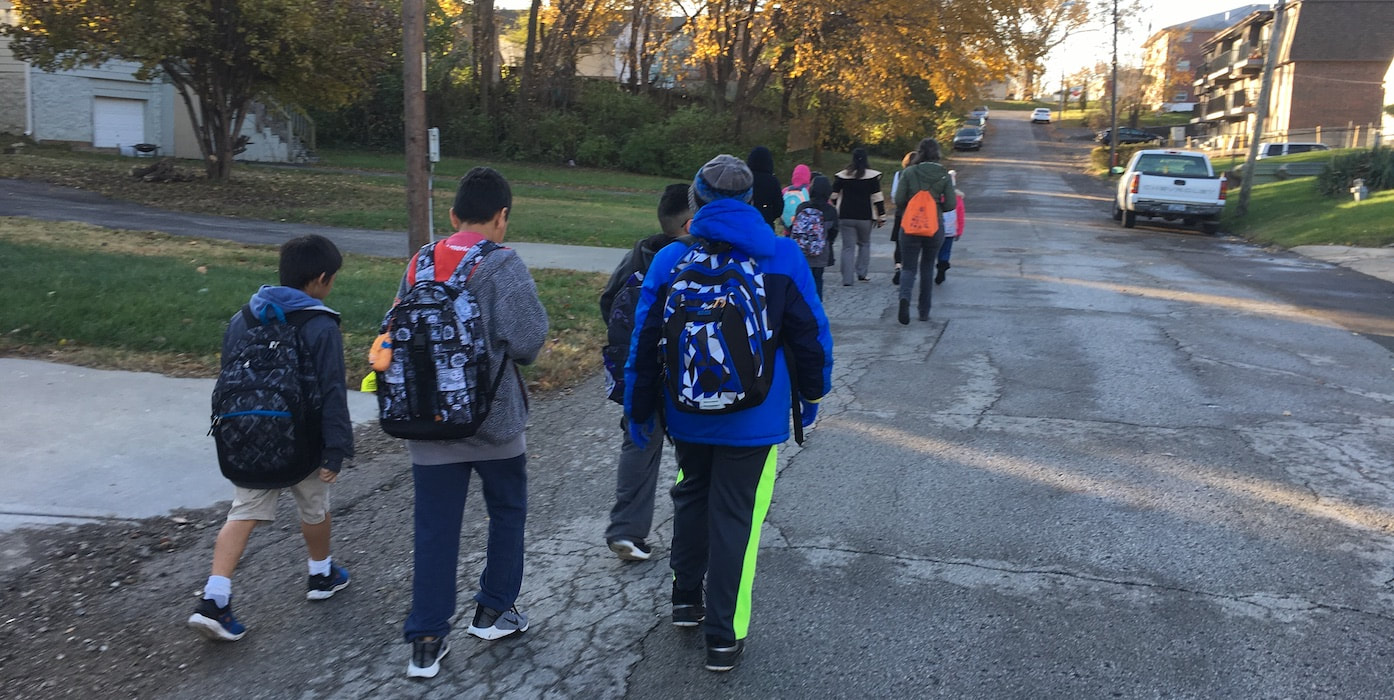
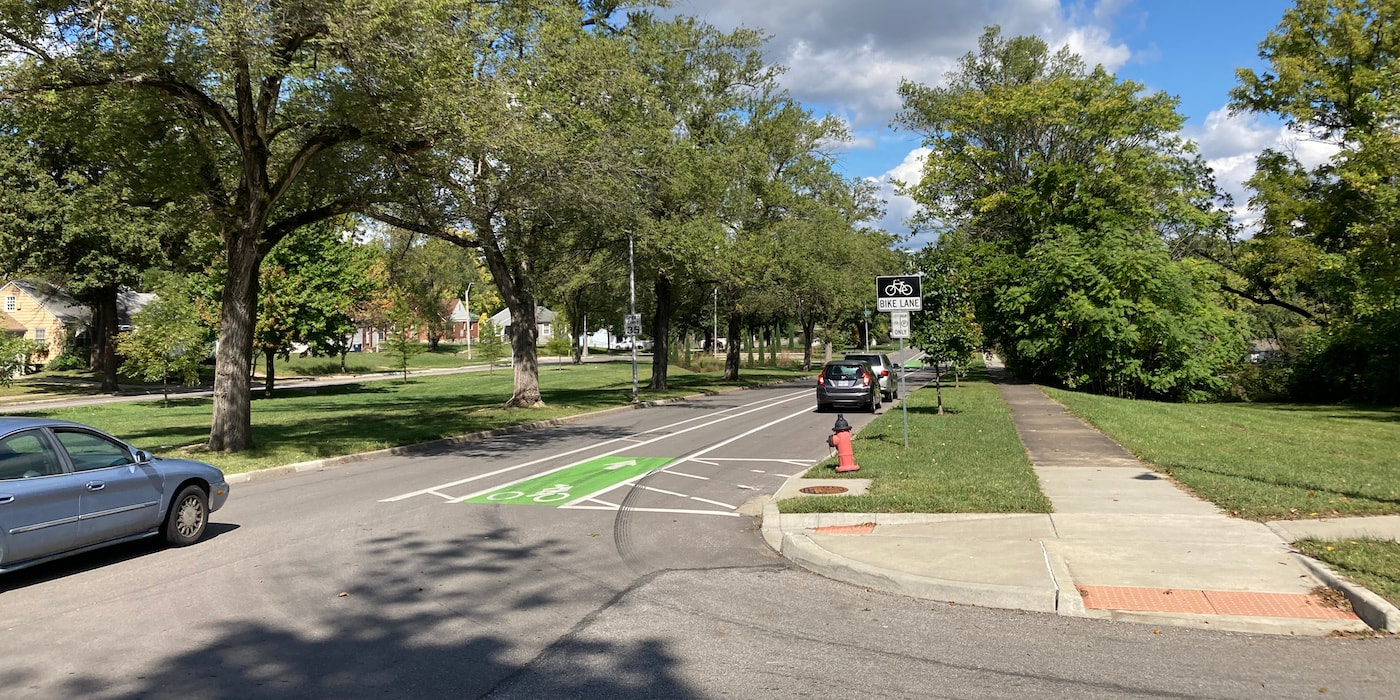
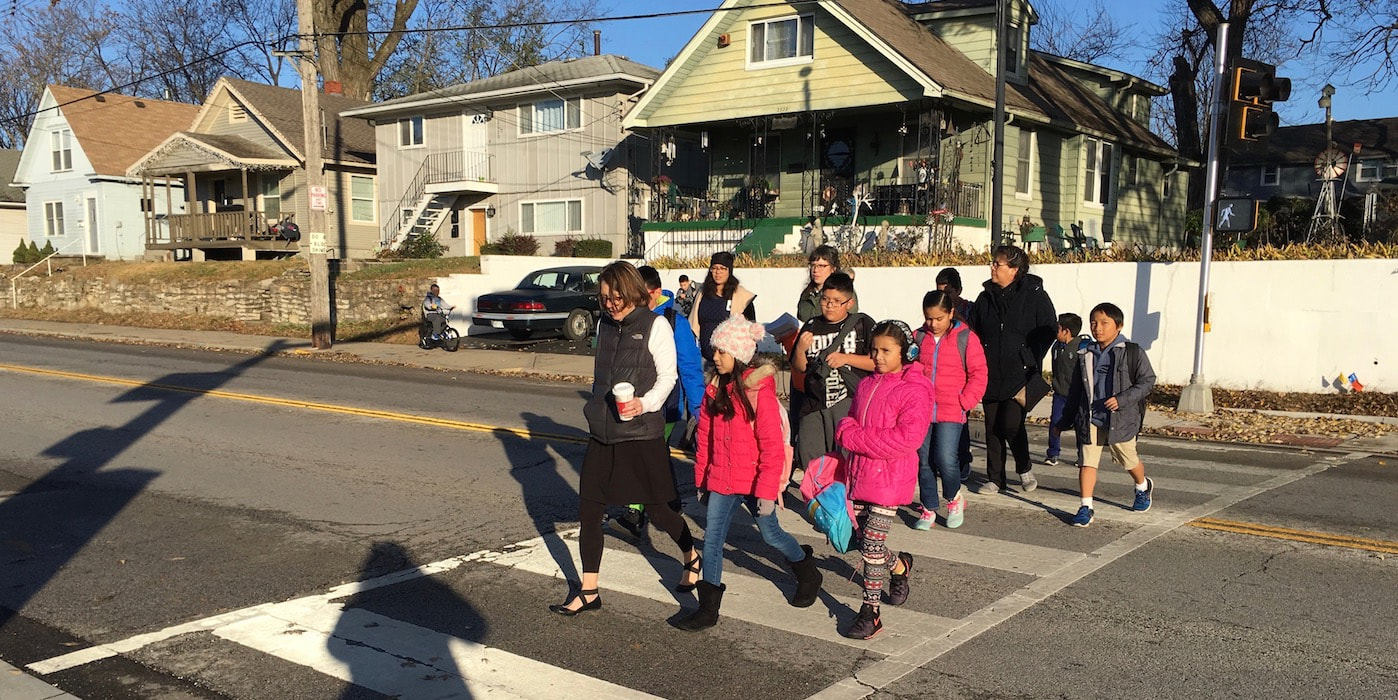
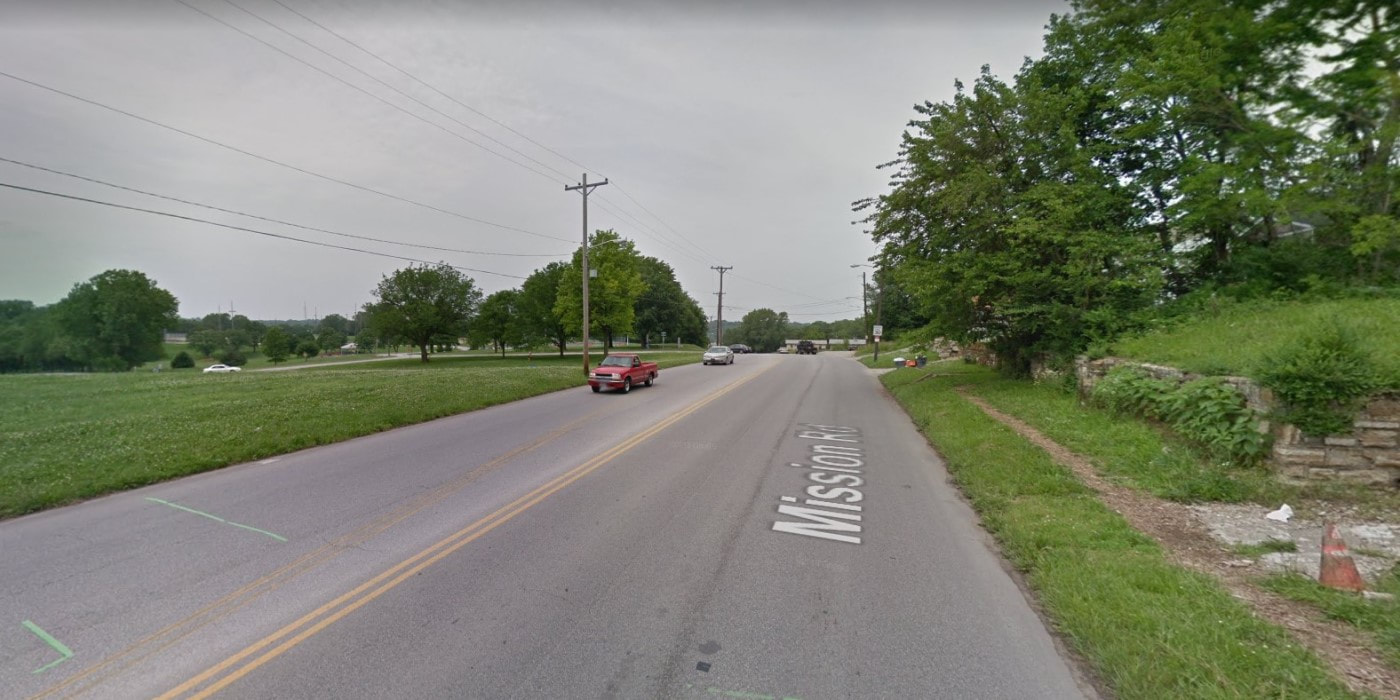
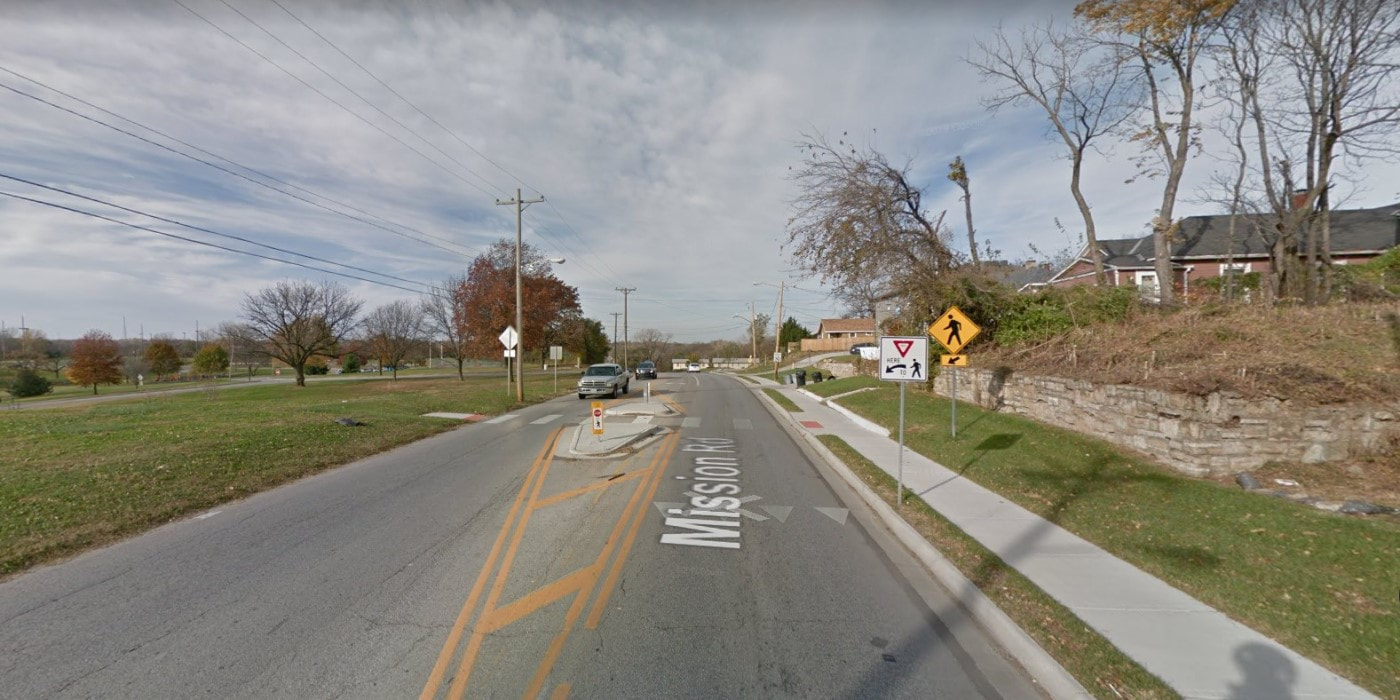
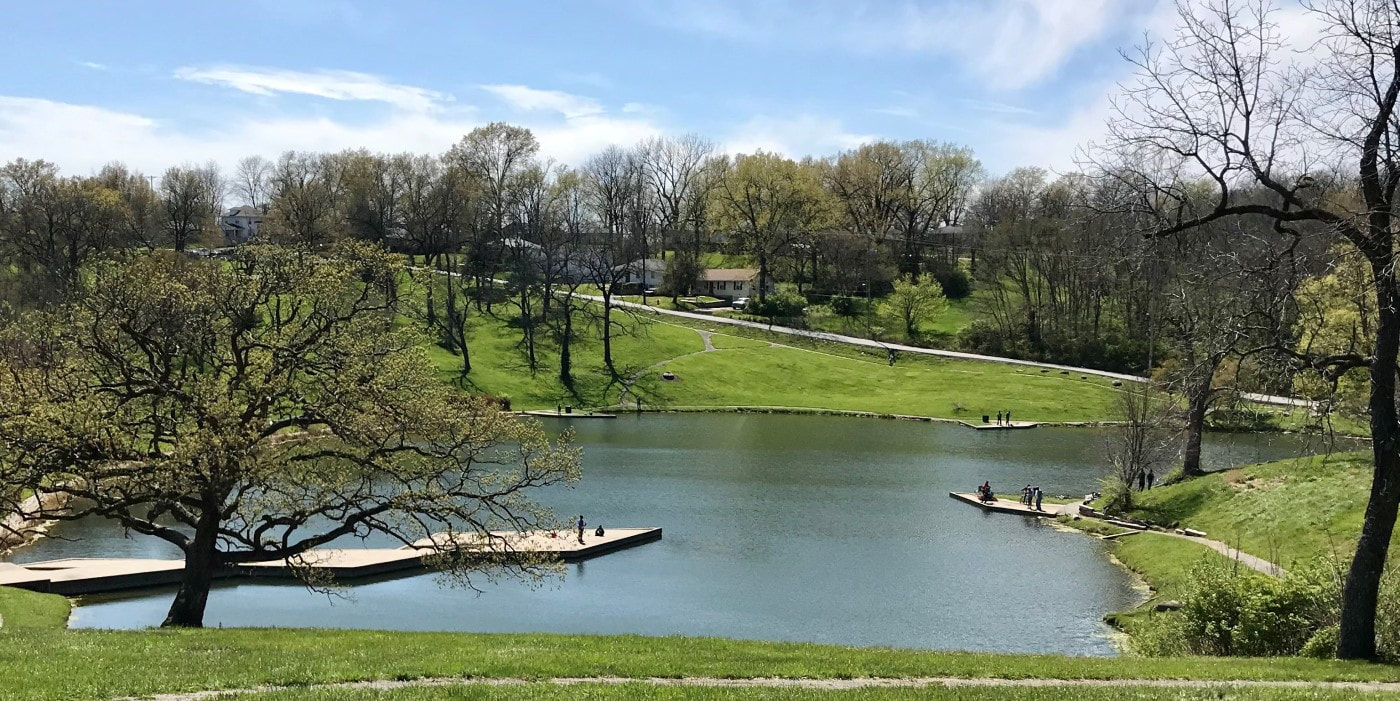
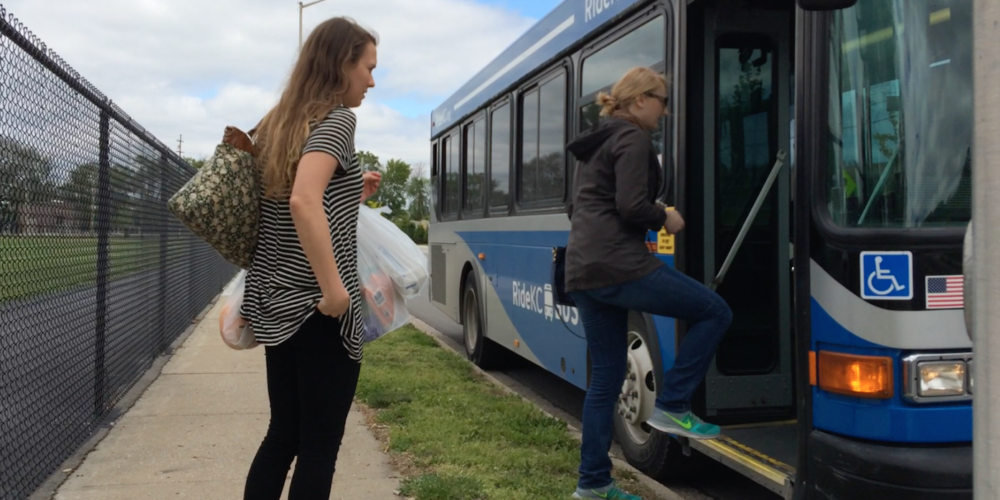
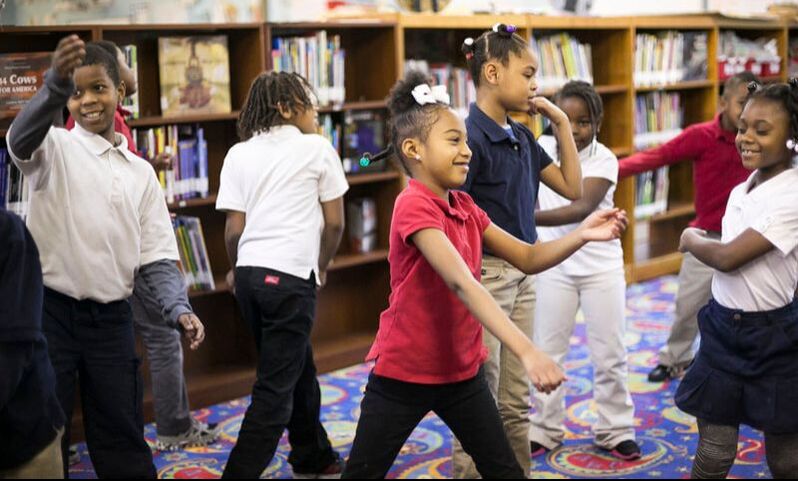
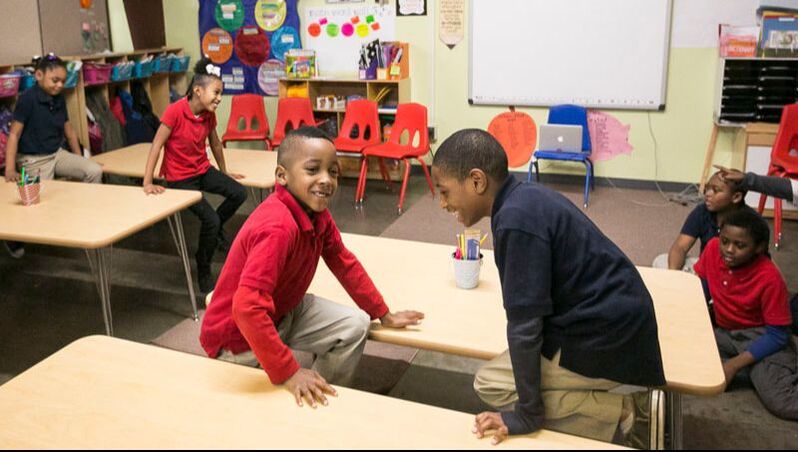

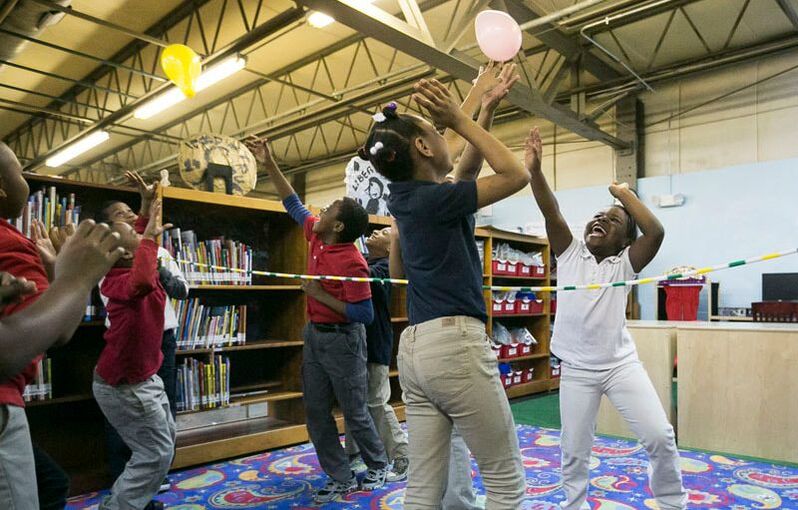
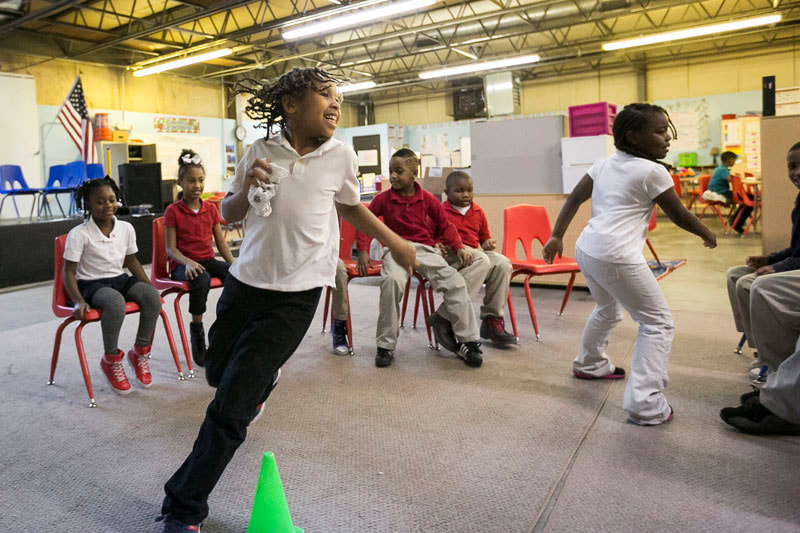


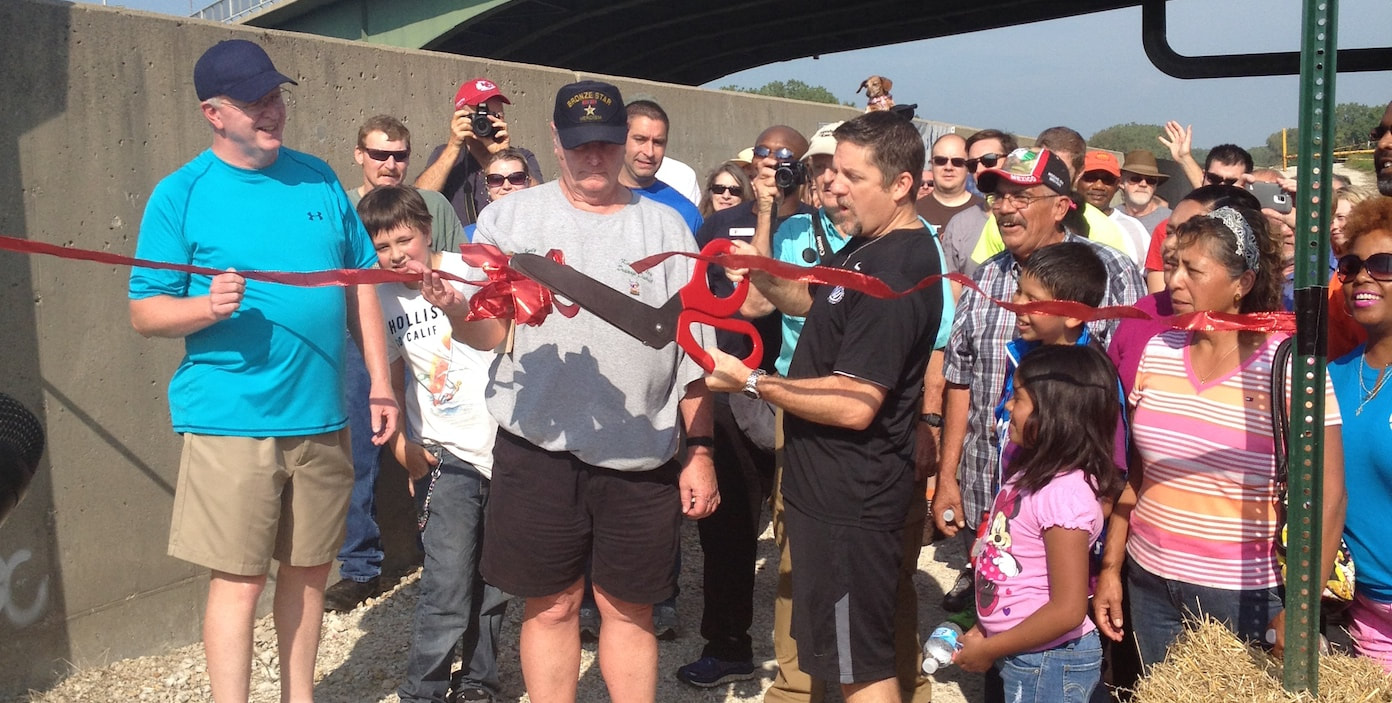
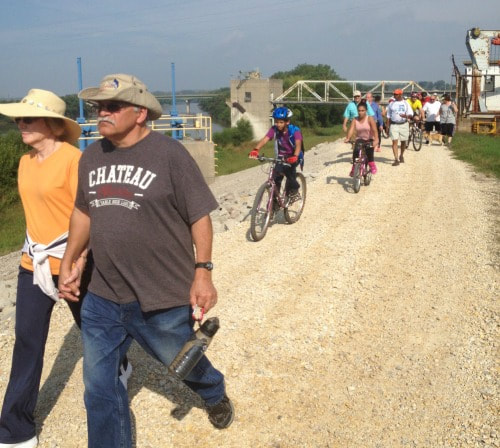
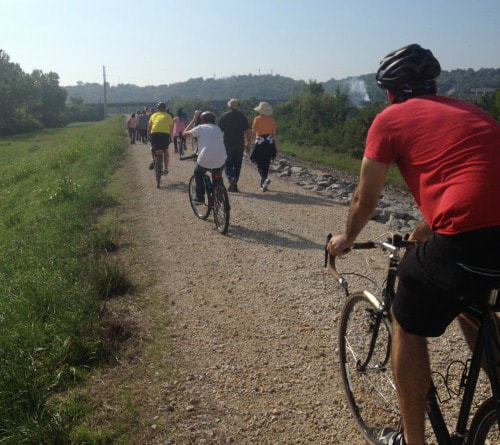
 RSS Feed
RSS Feed

